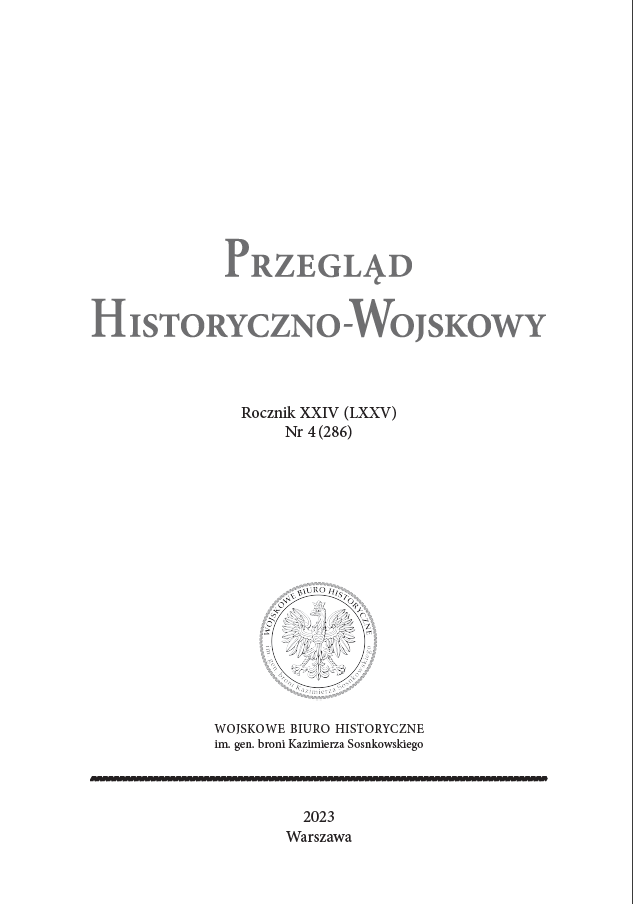Brytyjska i francuska artyleria na półwyspie Gallipoli w 1915 roku
British and French Artillery on the Gallipoli Peninsula in 1915
Author(s): Paweł KorzeniowskiSubject(s): Politics / Political Sciences, History, Military history, Recent History (1900 till today), Pre-WW I & WW I (1900 -1919)
Published by: Wojskowe Biuro Historyczne im. gen. broni Kazimierza Sosnkowskiego
Keywords: Gallipoli;artyleria;Dardanele;ANZAC
Summary/Abstract: The British and French troops deployed to the Gallipoli Peninsula suffered from a number of shortcomings. One of the most serious deficiencies was the weak artillery support. Some divisions had fewer guns than expected, whereas some had none at all. In addition, corps commanders had a limited number of heavy guns and howitzers at their disposal. Another drawback was the very modest supplies of ammunition and the lack of high-explosive shells. These problems made it impossible for the allies to destroy Ottoman field fortifications and counter the enemy’s artillery fire, which resulted in the failure of the invasion. During the campaign, the above problems were never resolved. Moreover, with the influx of subsequent units, the number of guns increased at a slower rate than the number of infantry divisions. Within a few months, the number of heavy guns was slightly increased, but the artillery situation remained difficult. This was due to the fact that the allied campaign on the Gallipoli Peninsula was secondary to the fighting in France. In fact, only those forces and resources that were considered unnecessary on the Western Front were sent to the Dardanelles. As a result of this situation, British and French troops could not count on adequate artillery support throughout the campaign.
Journal: Przegląd Historyczno-Wojskowy
- Issue Year: XXIV/2023
- Issue No: 4
- Page Range: 72-96
- Page Count: 25
- Language: Polish

